Alexander Nolte
How Do Hackathons Foster Creativity? Towards AI Collaborative Evaluation of Creativity at Scale
Mar 06, 2025Abstract:Hackathons have become popular collaborative events for accelerating the development of creative ideas and prototypes. There are several case studies showcasing creative outcomes across domains such as industry, education, and research. However, there are no large-scale studies on creativity in hackathons which can advance theory on how hackathon formats lead to creative outcomes. We conducted a computational analysis of 193,353 hackathon projects. By operationalizing creativity through usefulness and novelty, we refined our dataset to 10,363 projects, allowing us to analyze how participant characteristics, collaboration patterns, and hackathon setups influence the development of creative projects. The contribution of our paper is twofold: We identified means for organizers to foster creativity in hackathons. We also explore the use of large language models (LLMs) to augment the evaluation of creative outcomes and discuss challenges and opportunities of doing this, which has implications for creativity research at large.
Explainable Predictive Process Monitoring: A User Evaluation
Feb 15, 2022
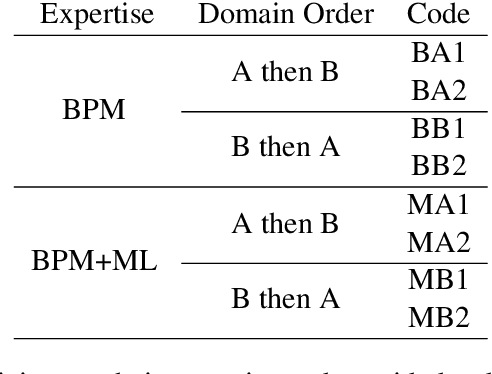
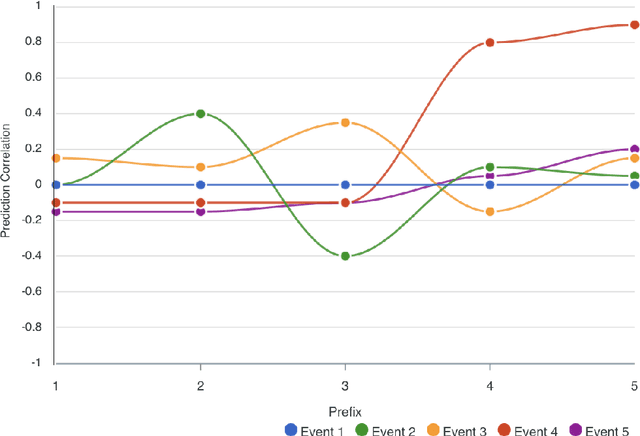
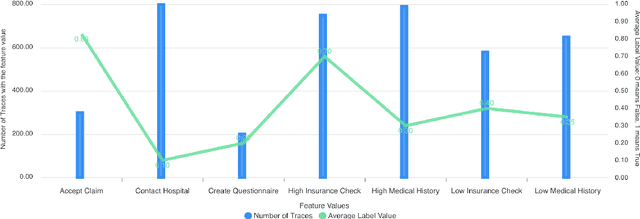
Abstract:Explainability is motivated by the lack of transparency of black-box Machine Learning approaches, which do not foster trust and acceptance of Machine Learning algorithms. This also happens in the Predictive Process Monitoring field, where predictions, obtained by applying Machine Learning techniques, need to be explained to users, so as to gain their trust and acceptance. In this work, we carry on a user evaluation on explanation approaches for Predictive Process Monitoring aiming at investigating whether and how the explanations provided (i) are understandable; (ii) are useful in decision making tasks;(iii) can be further improved for process analysts, with different Machine Learning expertise levels. The results of the user evaluation show that, although explanation plots are overall understandable and useful for decision making tasks for Business Process Management users -- with and without experience in Machine Learning -- differences exist in the comprehension and usage of different plots, as well as in the way users with different Machine Learning expertise understand and use them.
Prescriptive Process Monitoring: Quo Vadis?
Dec 03, 2021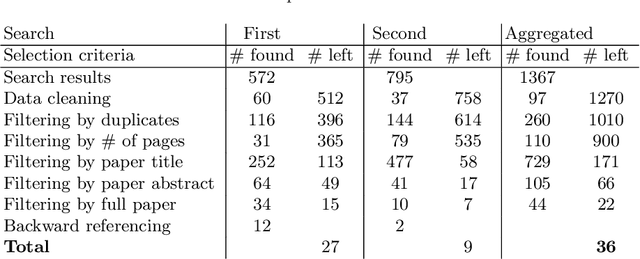
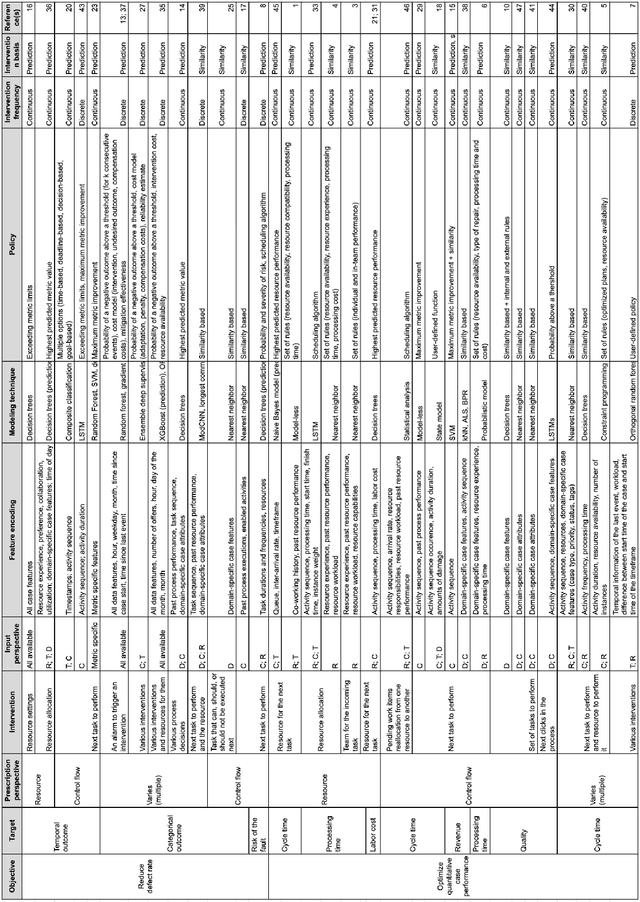
Abstract:Prescriptive process monitoring methods seek to optimize a business process by recommending interventions at runtime to prevent negative outcomes or poorly performing cases. In recent years, various prescriptive process monitoring methods have been proposed. This paper studies existing methods in this field via a Systematic Literature Review (SLR). In order to structure the field, the paper proposes a framework for characterizing prescriptive process monitoring methods according to their performance objective, performance metrics, intervention types, modeling techniques, data inputs, and intervention policies. The SLR provides insights into challenges and areas for future research that could enhance the usefulness and applicability of prescriptive process monitoring methods. The paper highlights the need to validate existing and new methods in real-world settings, to extend the types of interventions beyond those related to the temporal and cost perspectives, and to design policies that take into account causality and second-order effects.
 Add to Chrome
Add to Chrome Add to Firefox
Add to Firefox Add to Edge
Add to Edge